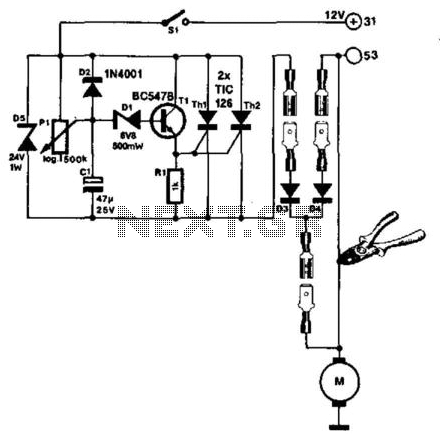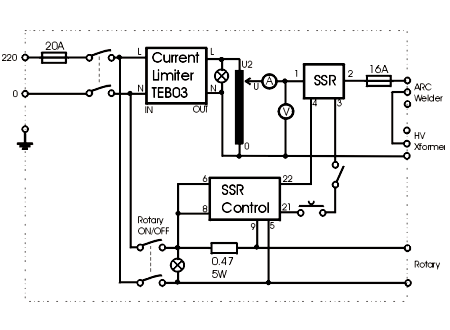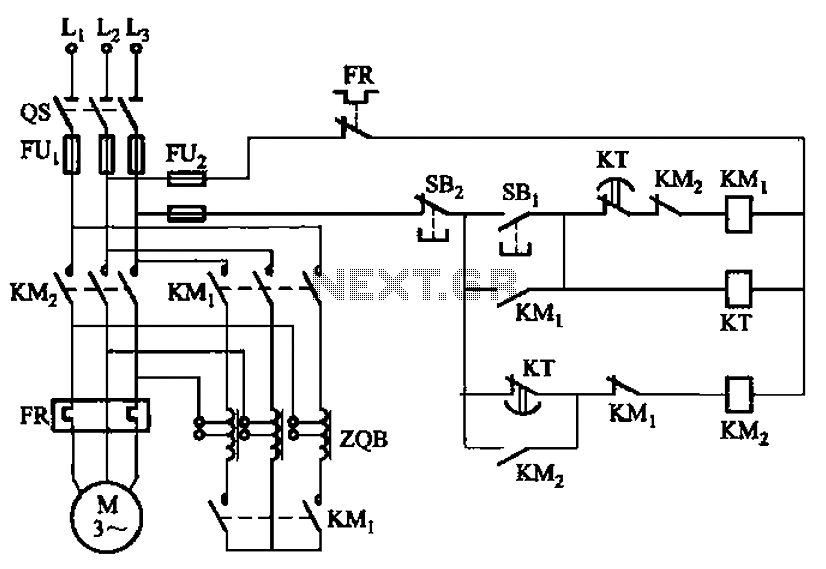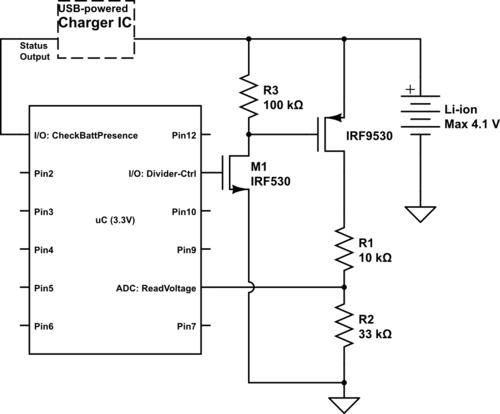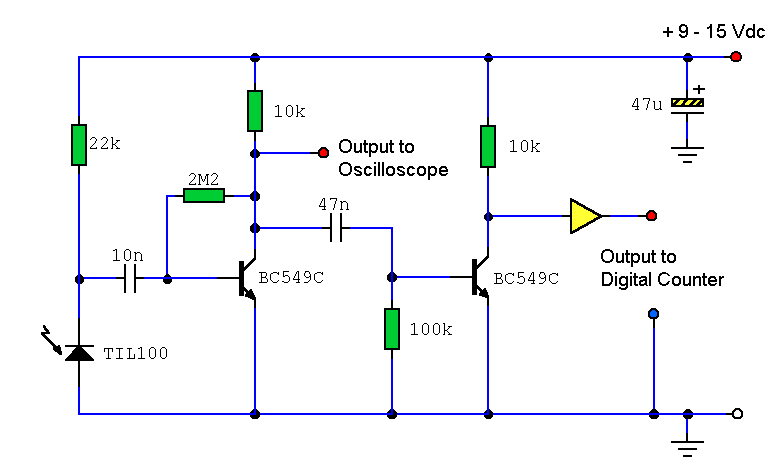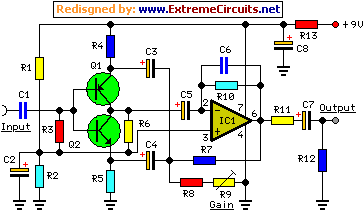
Four channel RF remote control
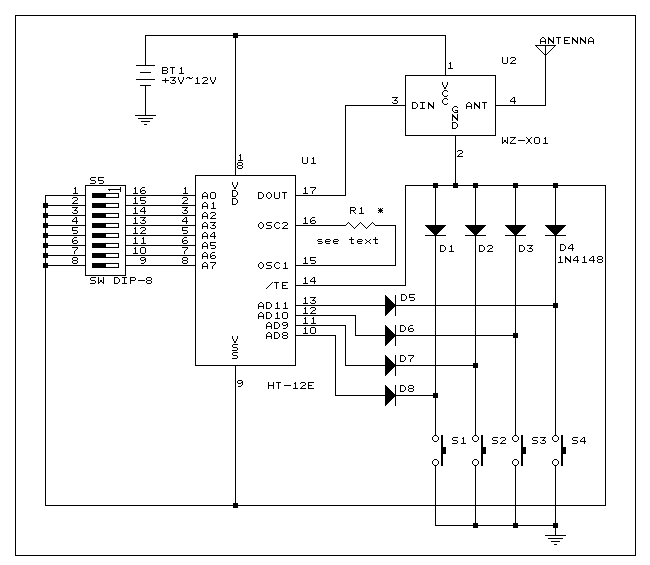
This is a simple RF transmitter circuit utilizing the Holtek HT-12E encoder chip and an AM 418MHz transmitter module (WZ-X01). The use of hybrid RF transmit/receive modules simplifies the construction of the RF remote control. The transmitter can operate with a voltage range of +3 to +12V, with a total current consumption of less than 5mA. Depending on the supply voltage, it may be necessary to select a different resistance value for the oscillator resistor R1. The recommended oscillator frequency is Foscd (decoder) = 50 Fosce (encoder). Detailed information can be found in the datasheet. When any of the switches S1-S4 is pressed, the /TE pin is pulled low, powering both the encoder chip and the transmitter module. The encoder then begins scanning and transmitting the status of the 12-bit address and data serially. The circuit diagram for the receiver (WZ-R01) is illustrated in figure 2. The decoder U1 (HT-12D) receives the serial addresses and data from the encoder transmitted by the RF module. It continuously compares the serial input data three times with its local addresses. If no errors or unmatched codes are detected, the input data codes are decoded and sent to output pins D8 to D11. The VT pin goes high to indicate a valid transmission, which activates LED1. The addresses of the decoder (set by S1) must match those of the transmitter encoder. The outputs of U1 control four TIP30 PNP transistors that can be connected to relays or lamps. The operating range of the transmitter/receiver setup is influenced by the choice and placement of the antenna. The surrounding space of the antenna is critical, and it is advisable to keep the antenna away from other metallic components in the system, such as batteries and the PCB ground plane. Recommended types of antennas are provided.
This RF transmitter circuit is designed for straightforward implementation in remote control applications. The Holtek HT-12E encoder chip serves as the core component for encoding data, while the AM 418MHz transmitter module facilitates wireless transmission. The flexibility in power supply voltage allows for versatile usage across various applications, and the low current consumption ensures energy efficiency.
The oscillator resistor R1 plays a crucial role in determining the operating frequency of the system. The oscillator frequency recommendations provided in the datasheet assist in achieving optimal performance. The operation begins when any of the switches S1 to S4 is activated, which triggers the /TE pin. This action powers the encoder and transmitter, initiating the serial transmission of the address and data.
The receiver circuit, utilizing the HT-12D decoder chip, is responsible for interpreting the received signals. The continuous comparison of received data with local addresses ensures reliable communication. Upon successful matching, the data is decoded and made available at the output pins, which can then control various load devices through the TIP30 PNP transistors.
The design emphasizes the importance of antenna placement for maximizing transmission range. It is recommended to select antennas that are compatible with the frequency of operation and to position them away from metallic objects to minimize interference and signal degradation. Overall, this RF transmitter and receiver circuit provides a robust solution for wireless control applications.This is a very simple RF transmitter circuit that consists of the Holtek HT-12E encoder chip and AM 418MHZ-transmitter module ( WZ-X01 ). Using the hybrid RF xmit/receive modules make building the RF remote control a lot easy. The transmitter can be powered with any voltage from +3 to +12V. The total current consumption is less than 5ma. Depending on the supply voltage, you may need to select a difference resistance value for the oscillator resistor R1. The recommended oscillator is Foscd (decoder) = 50 Fosce (encoder). See data sheet for more details. When any of S1-S4 is pressed the /TE pin is pulled low, and power is applied to both the encoder chip and transmitter module, the encoder then starts scanning and transmitting the status of the 12bits address and data serially.
The circuit diagram for the receiver (WZ-R01) is shown in figure 2. The decoder U1 (HT-12D) receives serial addresses and data from the encoder that are transmitted by the RF transmitter module. It compares the serial input data three times continuously with its local addresses. If no error or unmatched codes are found, the input data codes are then decoded and transferred to the output pins D8~D11.
The VT pin also goes high to indicate a valid transmission, which will turn on the LED1. The addresses of the decoder (set by S1) have to be matched with the transmitter encoder. The outputs of U1 drive the four TIP30 PNP transistors that can be connected to the relays or lamps. The operating range of this transmitter/receiver is dependent on the choice and position of the antenna. The space around the antenna is as important as the antenna itself. Try to keep the antenna away from other metal in the system such as batteries and PCB ground plane. The following types of antenna are recommended. 🔗 External reference
This RF transmitter circuit is designed for straightforward implementation in remote control applications. The Holtek HT-12E encoder chip serves as the core component for encoding data, while the AM 418MHz transmitter module facilitates wireless transmission. The flexibility in power supply voltage allows for versatile usage across various applications, and the low current consumption ensures energy efficiency.
The oscillator resistor R1 plays a crucial role in determining the operating frequency of the system. The oscillator frequency recommendations provided in the datasheet assist in achieving optimal performance. The operation begins when any of the switches S1 to S4 is activated, which triggers the /TE pin. This action powers the encoder and transmitter, initiating the serial transmission of the address and data.
The receiver circuit, utilizing the HT-12D decoder chip, is responsible for interpreting the received signals. The continuous comparison of received data with local addresses ensures reliable communication. Upon successful matching, the data is decoded and made available at the output pins, which can then control various load devices through the TIP30 PNP transistors.
The design emphasizes the importance of antenna placement for maximizing transmission range. It is recommended to select antennas that are compatible with the frequency of operation and to position them away from metallic objects to minimize interference and signal degradation. Overall, this RF transmitter and receiver circuit provides a robust solution for wireless control applications.This is a very simple RF transmitter circuit that consists of the Holtek HT-12E encoder chip and AM 418MHZ-transmitter module ( WZ-X01 ). Using the hybrid RF xmit/receive modules make building the RF remote control a lot easy. The transmitter can be powered with any voltage from +3 to +12V. The total current consumption is less than 5ma. Depending on the supply voltage, you may need to select a difference resistance value for the oscillator resistor R1. The recommended oscillator is Foscd (decoder) = 50 Fosce (encoder). See data sheet for more details. When any of S1-S4 is pressed the /TE pin is pulled low, and power is applied to both the encoder chip and transmitter module, the encoder then starts scanning and transmitting the status of the 12bits address and data serially.
The circuit diagram for the receiver (WZ-R01) is shown in figure 2. The decoder U1 (HT-12D) receives serial addresses and data from the encoder that are transmitted by the RF transmitter module. It compares the serial input data three times continuously with its local addresses. If no error or unmatched codes are found, the input data codes are then decoded and transferred to the output pins D8~D11.
The VT pin also goes high to indicate a valid transmission, which will turn on the LED1. The addresses of the decoder (set by S1) have to be matched with the transmitter encoder. The outputs of U1 drive the four TIP30 PNP transistors that can be connected to the relays or lamps. The operating range of this transmitter/receiver is dependent on the choice and position of the antenna. The space around the antenna is as important as the antenna itself. Try to keep the antenna away from other metal in the system such as batteries and PCB ground plane. The following types of antenna are recommended. 🔗 External reference
